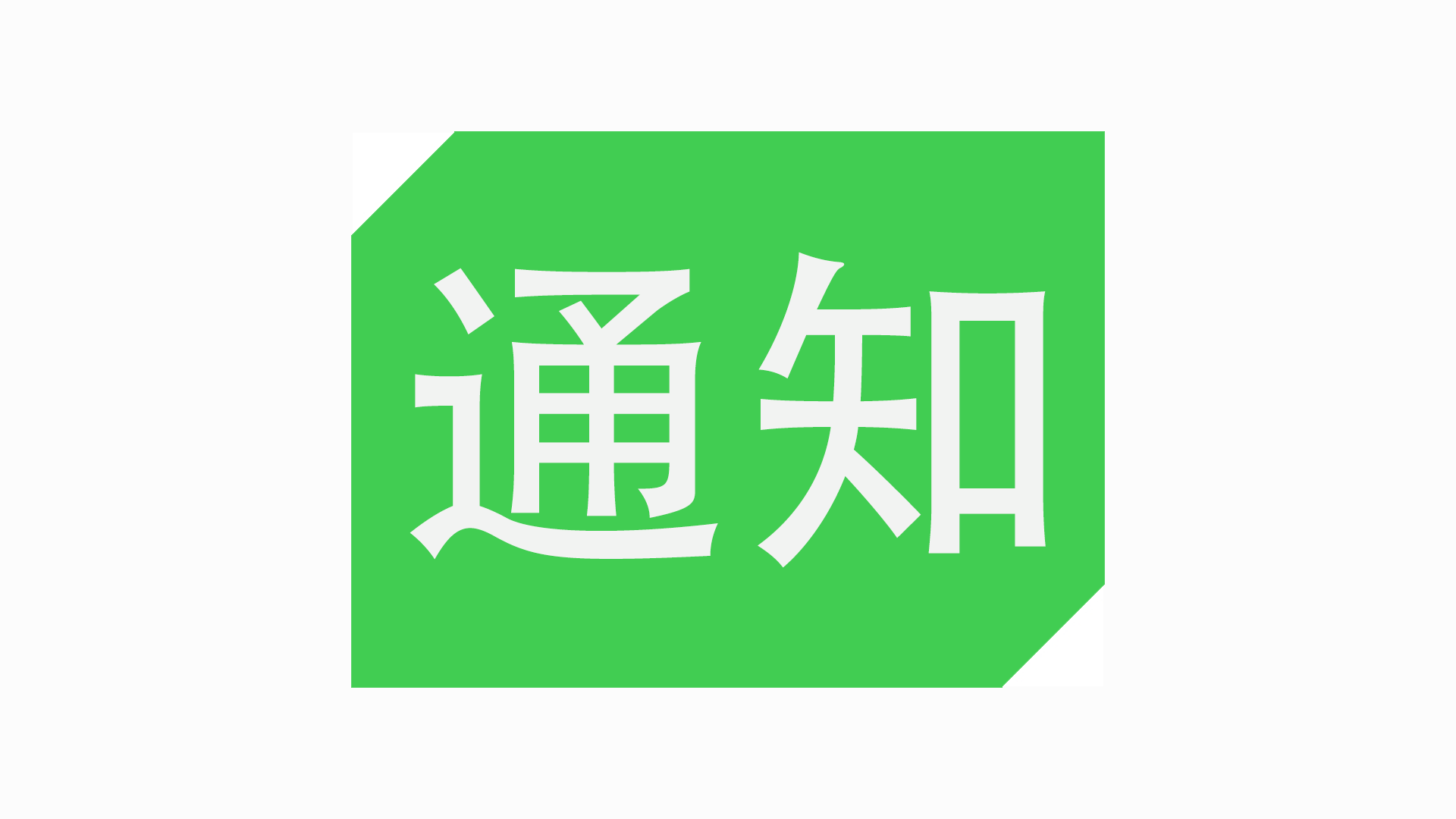栈
只能在一边进出,先进的后出。
进出的一端叫做栈顶,另一端叫做栈底。
栈可以使用顺序存储结构,也能使用链式存储结构。
注意:栈只能在一端进行操作,这是栈的关键特征,也就是说栈不允许在中间进行查找、插入、删除等操作,(但是在实际应用中我们可以打破它)。
这里掌握初始化、入栈、出栈、取栈顶元素操作即可。
顺序存储结构实现栈
1
2
3
4
5
6
7
8
9
10
11
12
13
14
15
16
17
18
19
20
21
22
23
24
25
26
27
28
29
30
31
32
33
34
35
36
37
38
39
40
41
42
43
44
45
46
47
48
49
50
51
52
53
54
55
56
57
58
59
60
61
62
63
64
65
66
67
68
69
70
71
72
73
74
75
76
77
78
79
80
81
82
83
84
85
86
87
88
89
90
91
92
93
94
95
96
97
98
| #include<iostream>
using namespace std;
#define MAX_SIZE 128
typedef int DataType;
typedef struct _Stack
{
DataType* top;
DataType* base;
}Stack;
bool initStack(Stack& S)
{
S.base = new int[MAX_SIZE];
if (!S.base)
{
return false;
}
S.top = S.base;
return true;
}
bool pushStack(Stack& S, DataType data)
{
if (!S.base)
{
return false;
}
if (S.top - S.base == MAX_SIZE)
{
return false;
}
*(S.top) = data;
S.top++;
return true;
}
DataType popStack(Stack& S)
{
if (S.top != S.base)
{
return *(--S .top);
}
else
{
return -1;
}
}
DataType getTop(Stack& S)
{
if (S.top - S.base == 0)
{
return -1;
}
return *(S.top-1);
}
int main(void)
{
Stack S;
initStack(S);
int n = 0;
int m = 0;
cin >> n;
m = n;
while (n)
{
pushStack(S, n);
n--;
}
cout << "____" << endl;
cout << getTop(S) << endl;
cout << "____" << endl;
while (m)
{
cout << popStack(S) << endl;
m--;
}
return 0;
}
|
入栈操作图示:
.assets/image-20211014120918328.png)
链接存储结构实现栈
1
2
3
4
5
6
7
8
9
10
11
12
13
14
15
16
17
18
19
20
21
22
23
24
25
26
27
28
29
30
31
32
33
34
35
36
37
38
39
40
41
42
43
44
45
46
47
48
49
50
51
52
53
54
55
56
57
58
59
60
61
62
63
64
65
66
67
68
69
70
71
72
73
74
75
76
77
78
79
80
81
82
83
84
85
86
87
88
89
90
91
92
93
94
95
96
97
98
99
100
101
102
103
104
105
106
107
108
109
110
111
112
113
114
115
116
117
118
119
120
121
122
123
124
125
126
127
128
129
130
131
132
133
134
135
136
137
138
139
140
141
142
143
144
145
146
147
148
149
| #include<iostream>
using namespace std;
typedef int DataType;
#define MAX_SZIE 128
typedef struct _Snode
{
DataType data;
struct _Snode* next;
}Snode;
typedef struct _Stack
{
int count;
Snode* base;
Snode* top;
}Stack;
bool initStack(Stack* S)
{
if (!S)
{
return false;
}
S->base = S->top = NULL;
S->count = 0;
return true;
}
bool pushStack(Stack* S, Snode* node)
{
if (!S || !node)
{
return false;
}
if (S->count == 0)
{
S->base = S->top = node;
S->top->next = NULL;
S->count++;
}
else
{
S->top->next = node;
S->top = node;
S->count++;
}
return false;
}
bool popStack(Stack* S)
{
if (!S || S->count == 0)
{
return false;
}
Snode* tempnode = S->base;
while (tempnode->next != S->top && S->count != 1)
{
tempnode = tempnode->next;
}
if (S->count == 1)
{
S->base = NULL;
}
delete S->top;
S->top = tempnode;
S->top->next = NULL;
S->count--;
return true;
}
bool getTop(Stack* S,DataType* m_data)
{
if (!S || S->count == 0)
{
return S;
}
*m_data = S->top->data;
return false;
}
bool isEmpty(Stack* S)
{
if (S->count == 0)
{
return true;
}
return false;
}
int main(void)
{
Stack* S = new Stack;
initStack(S);
int n = 5;
int m = n;
while (n)
{
Snode* tempnode = new Snode;
tempnode->data = n;
pushStack(S, tempnode);
n--;
}
while (m >0)
{
m--;
}
cout << S->top->data << " ";
popStack(S);
cout << S->top->data << " ";
popStack(S);
cout << S->top->data << " ";
popStack(S);
cout << S->top->data << " ";
popStack(S);
cout << S->top->data << " ";
popStack(S);
if (!isEmpty(S))
{
cout << S->top->data << " ";
}
int temp = 0;
getTop(S, &temp);
cout << temp << endl;
delete S;
return 0;
}
|
补充:要修改指针指向地址,可以传递二级指针。
一级指针修改值。
实际应用
迷宫求解
链接——【栈】实现迷宫求解(C++)(详解)
表达式求值
链接——【数据结构】栈(C++)
.assets/image-20211014120918328.png)





